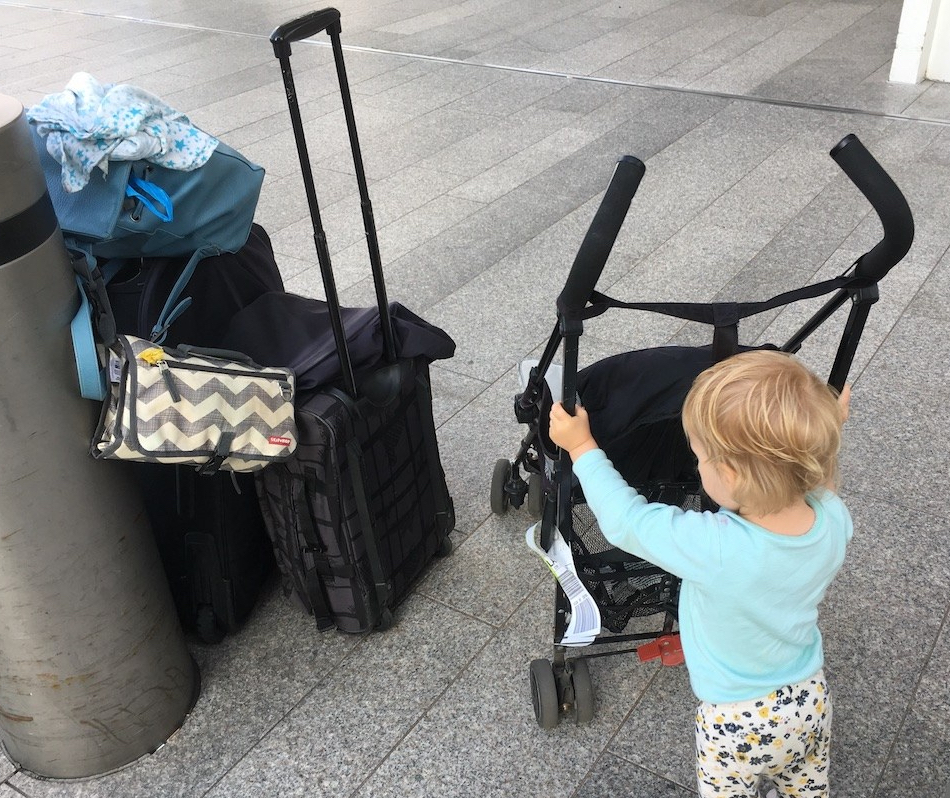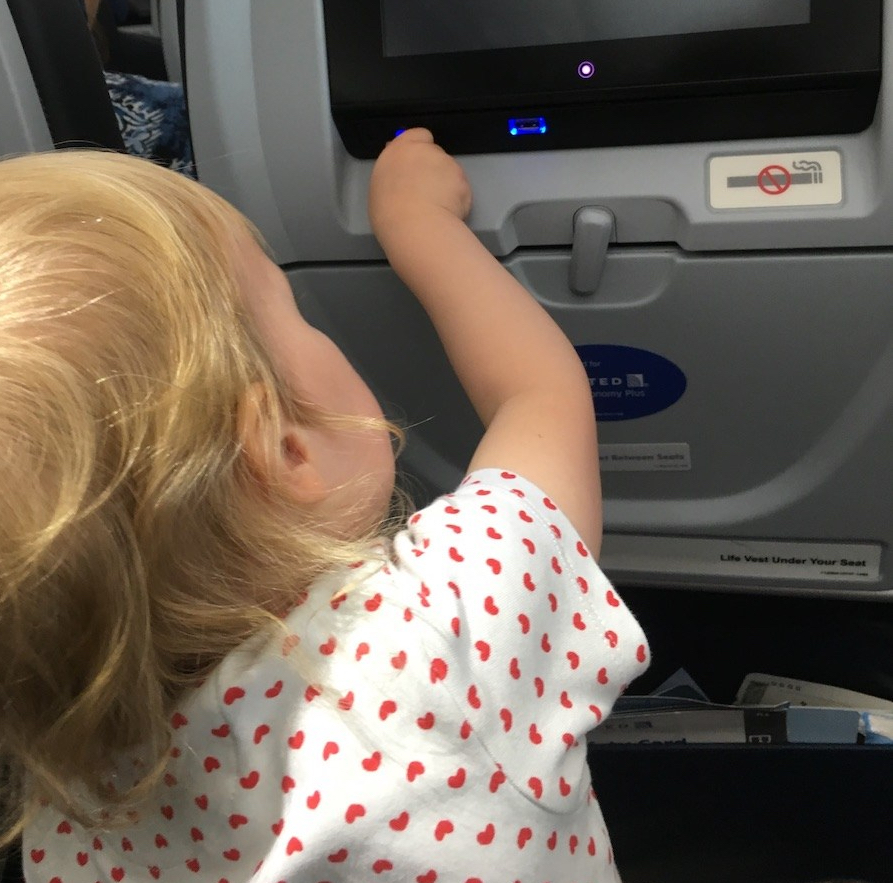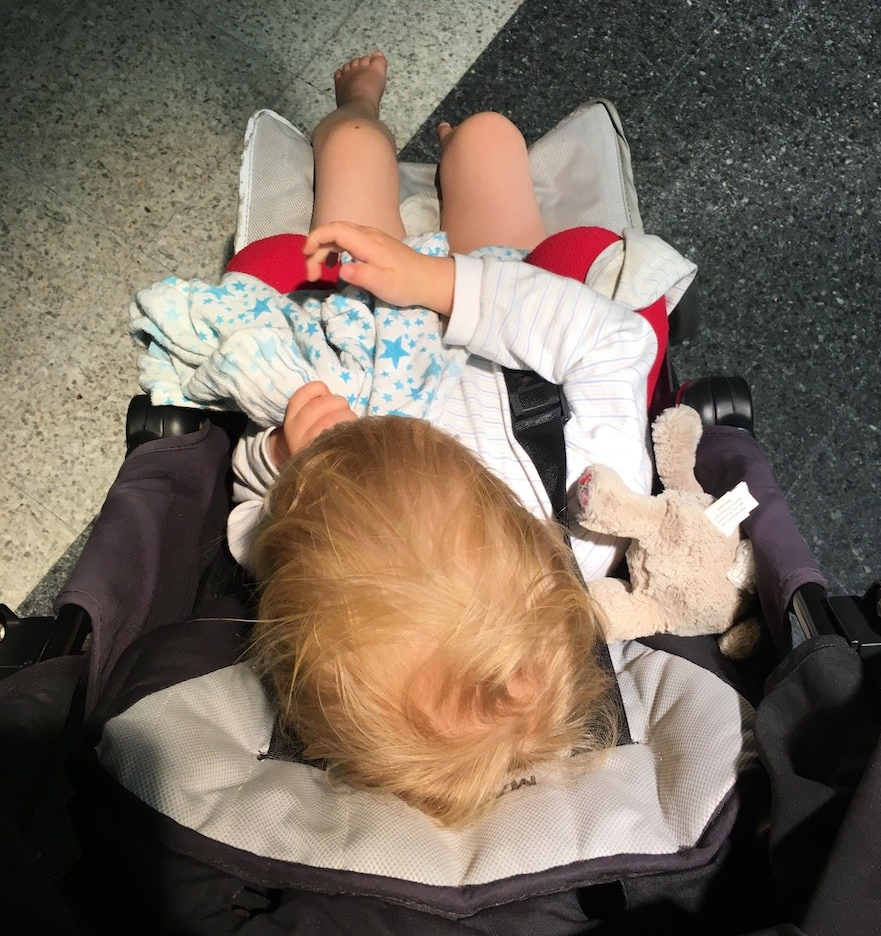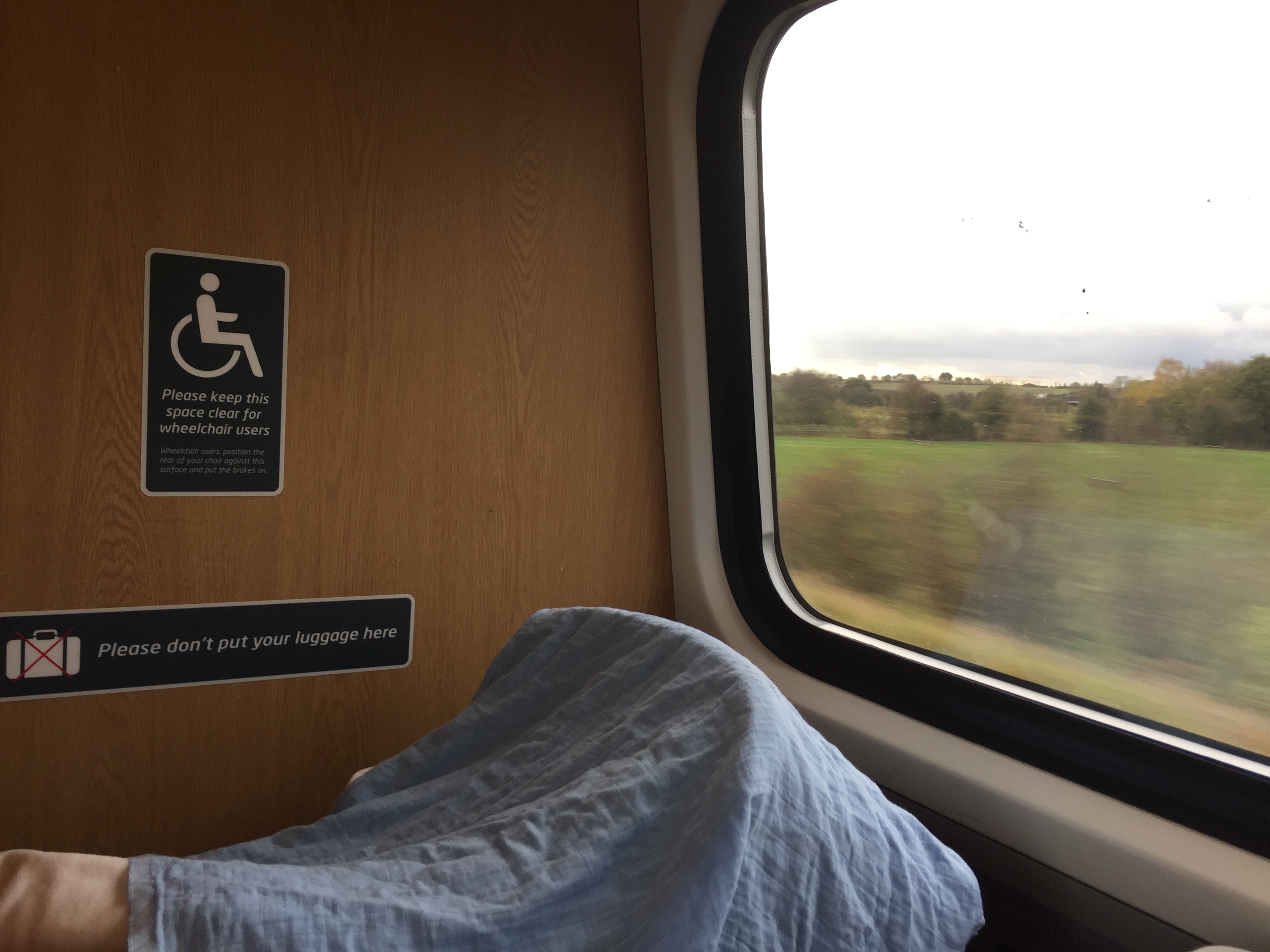Flying with your baby or toddler is probably not an activity you relish, even if you do it all the time. Upping the ante and taking your little one on a plane single-handed? Madness, surely. Well, yes, but sometimes you’ve got no other option.
This week, for example, I’m visiting my brother and his family in Los Angeles. My partner is busy with work, so I had to fly by myself with the baby girl. I flew with her by myself once before, but it was a short flight and she was just six-weeks-old – a far easier proposition than taking a hulking 21-month-old half-way around the world.
I prepared myself for the possibility that she might not sleep at all, be super grumpy and to whinge for the whole flight. I did not prepare myself for the possibility that the flight would be cancelled after boarding, requiring a long slog back home by myself with the girl on the train, then a journey to a different London airport for a flight the following day.
You can only imagine my delight when that is exactly what happened.
Clearly, I would have preferred to avoid the stress and tedium of this situation. Looking on the bright side however (something I was only able to do once I’d got home, put the baby girl to bed, and drunk a cold beer in the garden), the cancelled flight turned out to be pretty useful as a trial run for the one the following day.
Pack light, pack clever

I consider myself a good packer, but I made a bad call when it came to packing for that cancelled flight, opting to bring a wheelie cab bag along with our suitcase, my little handbag backpack and the buggy. I could handle it all myself at the airport, but the moment I had to leave the baggage trolley behind I was seriously overburdened, reliant on the kindness of strangers.
I would have taken a cab home from the airport that afternoon but couldn’t find a taxi company with a car seat available at such short notice, and didn’t want to risk a long drive without one. I could have waited an hour and a half for my partner to come back and pick us up, but the baby girl was already seriously overtired and I wanted to get her home as soon as possible (plus, my partner was busy trying to book us another flight).
In the end it worked out fine: we got the train to London Bridge and my partner picked us up from there, various fellow travellers having gone out of their way to help me juggle the luggage and the girl. We arrived home safely and emotionally unscathed (the one moment where I almost lost it was when I saw the sign at Gatwick Airport Station that says no trolleys allowed past the barriers, and the attendant told me that there was a train in three minutes and then not again for nearly an hour; seeing my despair, he let us through with the trolley, we dashed to the lift, and made it to the platform with 30 seconds to spare), but I made sure I repacked the contents of the wheelie bag and my backpack into one big backpack for the flight the following day.
Bags within bags

If money were no object I would have booked the baby girl her own seat on the plane. Not fancying doubling the cost of our trip, however, I opted to have her on my lap (possible until the age of two). Our time on the cancelled flight was a lesson in exactly how little space we would have for our belongings with just the one seat, and how organised I would need to be to make sure I had everything we needed when we needed it during the flight. So that night after returning home from the airport I did some judicious repacking.
All the baby girl’s food and milk went into one tote bag, all the other essentials – toys, books, headphones, phone, nappy change wallet, sleeping bag and pyjamas, jumpers for us both, toothbrush and toothpaste – went into another, and both these bags went into my backpack. After we’d boarded I was able to stow the food and essentials bags under the seat in front, leaving everything else – items that I thought might come in handy but wouldn’t definitely need (spare clothes, Calpol, etc) – in the overhead locker to save space.
Doing it this way, I discovered, means you can keep to a minimum the number of times you get up to take things out of the overhead locker – useful when travelling alone with a toddler, absolutely essential when travelling alone with a babe-in-arms.
Avoiding meltdowns

The baby girl was overdue for a nap when we boarded the (soon to be) cancelled flight. I had brought toys, books, a phone full of downloaded episodes of Hey Duggee and Sarah & Duck, and plenty of food, yet for some reason (probably because I was tired and hot too), I was inept at putting these distractions to good use, and the girl just got grumpier. I made it worse by attempting to get her to nap in the sling, something she was clearly not going to do just to suit me.
On the flight the following day things went more smoothly. I dressed her in cooler clothes so she wasn’t so affected by the heat, and it helped that the seat next to us was empty so we had some space to spread out.
The baby girl was just as tired as she had been the day before, but I was quicker to whip out the snacks and cycle through the available distractions at the slightest sign of an impending meltdown. In terms of my own sanity, I made good use of my wireless bone-conducting headphones, listening to podcasts while playing with the baby girl. I don’t do this at home, preferring not to divide my attention, but desperate times call for desperate measures.

Instead of trying to get the baby girl to nap at her usual naptime, I threw the schedule out the window and waited until they dimmed the cabin lights. After putting her in her sleeping bag and reading her a story, she was happy to go to sleep. It only lasted an hour, but she was chilled enough to lie there awake and quiet for another hour after that.
I tried to put the baby girl down again for another sleep later and she just wasn’t going for it, so I gave up immediately and we spent the second half the flight walking up and down the plane in the dark, carrying bits of rubbish to throw away in the bin in the galley. It was quite tedious for me, but the baby girl enjoyed herself and a lot of the other passengers seemed to find it entertaining.
Fingers crossed we can repeat that positive experience on the flight back to London next week. Please, please, please let it not be cancelled….




